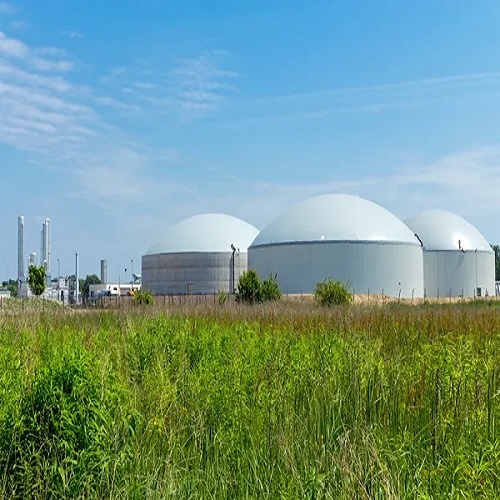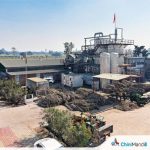Introduction
The sugar industry is not just about sweetening our lives; it’s a powerhouse of potential energy. One by-product, pressmud, is a residual material from the sugar production process that holds promise for bio CBG production.
The Sugar Industry’s By-Product: Pressmud
Pressmud is generated during juice clarification in sugar mills. With a sugar mill running for 150 to 180 days annually, a significant amount of pressmud is produced. For instance, a sugarcane mill with a capacity of 10,000 Tons Per Day (TPD) can generate around 400 tons of pressmud.
Properties of Pressmud
Pressmud is rich in organic content with properties such as:
– Total solids: 23%
– Moisture content: 77%
– Volatile matter: 77%
– Nutrient content: P (1.4-4%), K (0.5-2%), Ca (3.2-12%), Mg (1-2%), Fe (0.08-0.3%), S (0.1-0.5%)
Challenges in Pressmud Utilization
Despite its potential, pressmud faces challenges like:
– Seasonal availability
– High moisture content leading to water pollution and transportation issues
– Labor-intensive handling
Conventional Uses of Pressmud
Traditionally, pressmud is used in:
– Composting and vermicomposting
– Incineration for energy recovery
– Pelletization
– Animal feed
However, these methods have limitations such as high operational costs, energy intensity, and market saturation.
The Bio CBG Advantage
Bio CBG production from pressmud offers several advantages:
– High Organic Content: Ensures consistent quality of CBG.
– Simplified Supply Chain: Single sourcing from sugar mills.
– High Conversion Efficiency: Approximately 25 tonnes of pressmud can produce 1 tonne of CBG.
– Cost-Effectiveness: Minimal to zero pretreatment required.
– Eco-Friendly: The digestate from anaerobic digestion can be used as a fertilizer, closing the loop in a sustainable manner.
Case Study: Uttar Pradesh and Maharashtra
In states like Uttar Pradesh and Maharashtra, where sugarcane production is high, the potential for bio CBG is immense. With estimated press mud production at 4.1 and 3.8 million tons respectively, these regions could become hubs for renewable energy.
SWOT analysis for bio CBG (compressed biogas) production from sugar and pressmud:
Strengths:
– High Organic Content: Pressmud has a high organic content, which is ideal for biogas production.
– Simplified Supply Chain: Availability of pressmud from sugar mills ensures a steady supply.
– Cost-Effective: Requires minimal to zero pretreatment, reducing production costs.
– Eco-Friendly: The digestate is a valuable by-product that can be used as fertilizer.
– Energy Security: Contributes to reducing dependence on imported fossil fuels.
Weaknesses:
– Seasonal Production: Limited to the operational period of sugar mills.
– High Moisture Content: Requires drying, which can be energy-intensive.
– Storage and Transportation: Challenges due to bulk and weight.
– Market Limitations: Currently, a niche market with limited consumer awareness.
Opportunities:
– Government Initiatives: Policies like SATAT (Sustainable Alternative Towards Affordable Transportation) encourage CBG production¹.
– Rising Energy Demand: Growing energy consumption in India presents a large market potential.
– Technological Advancements: Improvements in biogas production and purification technologies.
Threats:
– Competition: From other renewable energies and established fossil fuels.
– Regulatory Risks: Changes in government policies could affect viability.
– Environmental Concerns: Potential issues with leachate production and water pollution.
Conclusion
Bio CBG production from pressmud is a promising avenue for sustainable energy. It not only provides a solution to managing sugar industry waste but also contributes to the creation of renewable energy, aligning with global efforts towards a greener future.
Disclaimer: The views and opinions expressed in the article by Dilip Patil, Managing Director of Samarth SSK Ltd., are solely his own.












